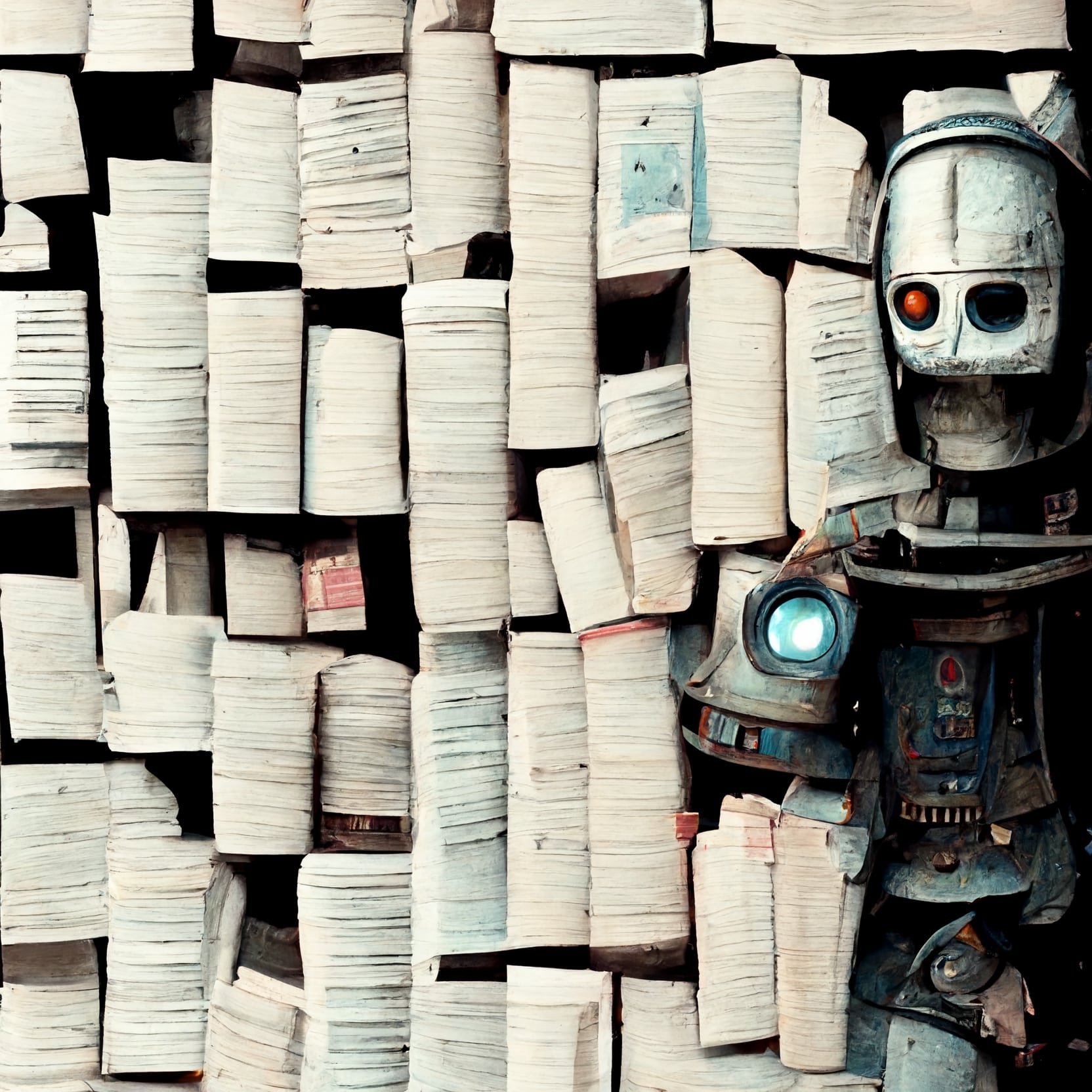Machine Learning • ML
Specializations Deep Learning
Generalizations Artificial Intelligence
What is machine learning?
Machine learning is a subset of artificial intelligence (AI) that enables computers to learn from experience and improve over time. It is used to develop predictive models that can be used to make decisions or predictions about future events.
Machine learning is a field of computer science that gives computers the ability to learn without being explicitly programmed. Machine learning is employed in a variety of applications, including email spam filtering, optical character recognition, and medical diagnosis.
Machine learning is a process where computers use data to learn how to do things on their own. This can include recognizing objects in images, understanding natural language, or predicting outcomes.
It is very clear that interest levels in machine learning have been growing very strongly since 2014. It is to be expected that this growth trend will continue in the foreseeable future.
What types of machine learning are there?
Machine learning can be broadly classified into four types:
Supervised Learning: In this type of machine learning, the model is trained on a labeled dataset. That is, the correct answer (label) is provided with the data. The model learns from this data and applies the learned knowledge to new data. Examples of supervised learning algorithms include linear regression, decision trees, k-nearest neighbors, and support vector machines.
Unsupervised Learning: Unlike supervised learning, in unsupervised learning, the model is not provided with the correct answers. The model must find structure in its input on its own. It's often used for clustering, dimensionality reduction, and anomaly detection. Examples of unsupervised learning algorithms include k-means clustering, hierarchical clustering, and principal component analysis.
Semi-Supervised Learning: This type of machine learning lies between supervised and unsupervised learning. In semi-supervised learning, the model is trained on a combination of labeled and unlabeled data. This method is useful when the cost of labeling data is too high.
Reinforcement Learning: In reinforcement learning, an agent learns how to behave in an environment by performing actions and receiving rewards or penalties. The agent learns a policy, which is a mapping from states to actions. The goal of the agent is to learn a policy that maximizes the sum of rewards over time. Examples of reinforcement learning algorithms include Q-learning and Deep Q Networks (DQN).
There are also other types of machine learning based on the nature of the learning "signal" or "feedback" available to a learning system:
Active Learning: The model can only obtain the labels for a limited set of instances based on its own queries. The model decides which instances to acquire labels for.
Transfer Learning: The model is trained on one task and applied to another related task.
Multi-instance Learning: The model is provided with bags of instances, and a label for the entire bag. The task is to predict the label of unseen bags based on the instances they contain.
Multi-task Learning: The model is trained on multiple related tasks simultaneously, with the aim of improving generalization by leveraging the commonalities and differences across tasks.
Each of these types of machine learning has its own strengths and weaknesses, and the choice of which to use depends on the nature of the problem to be solved.
Book recommendations for machine learning
Amazon book information: While machine learning expertise doesn’t quite mean you can create your own Turing Test-proof android—as in the movie Ex Machina—it is a form of artificial intelligence and one of the most exciting technological means of identifying opportunities and solving problems fast and on a large scale. Anyone who masters the principles of machine learning is mastering a big part of our tech future and opening up incredible new directions in careers that include fraud detection, optimizing search results, serving real-time ads, credit-scoring, building accurate and sophisticated pricing models—and way, way more. Show more …
“One of Mark Cuban’s top reads for a better understanding A.I.”






AI has come a long way in recent years, but there are still some areas where it falls short. One of these is in the area of AI jokes and humor.